How Coronavirus Revealed America Is Failing Children — and Parents
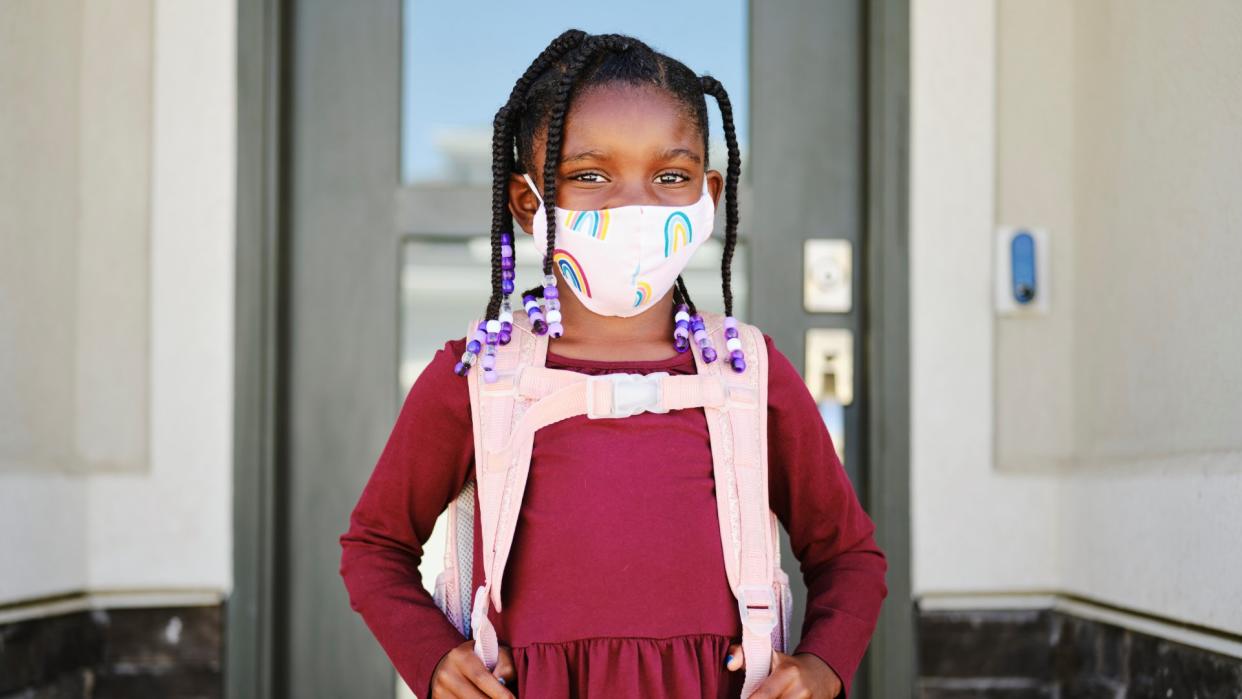
COVID-19 has turned the world upside down, affecting countless lives and families. In the U.S., more than 401,000 people have died, the unemployment rate — while slowly improving — was 6.9% at the end of October, and big and small businesses alike have had to close their doors forever. As the country figures out a way forward, two of the trickiest issues have been child care and children’s education.
In July, despite guidance from the Centers for Disease Control and Prevention, Secretary of Education Betsy DeVos insisted to CNN’s Dana Bash that children needed to return to schools this fall. Bash kept asking the same simple question during the five-minute interview — “Can you assure students, teachers, parents, that they will not get coronavirus because they are going back to school?” — but DeVos skirted the question. Instead, she robotically repeated the line, “Kids need to get back to school.” The interview ended because Bash had hit a brick wall.
Read More: 25 Companies Making the Most Money From Coronavirus
The truth is, for all of the ways that the coronavirus has transformed the lives of children and parents, it only has drawn attention to issues that already were affecting them. Take a look at the ways America is letting its kids down — and what you can do to help.
Last updated: Jan. 20, 2021
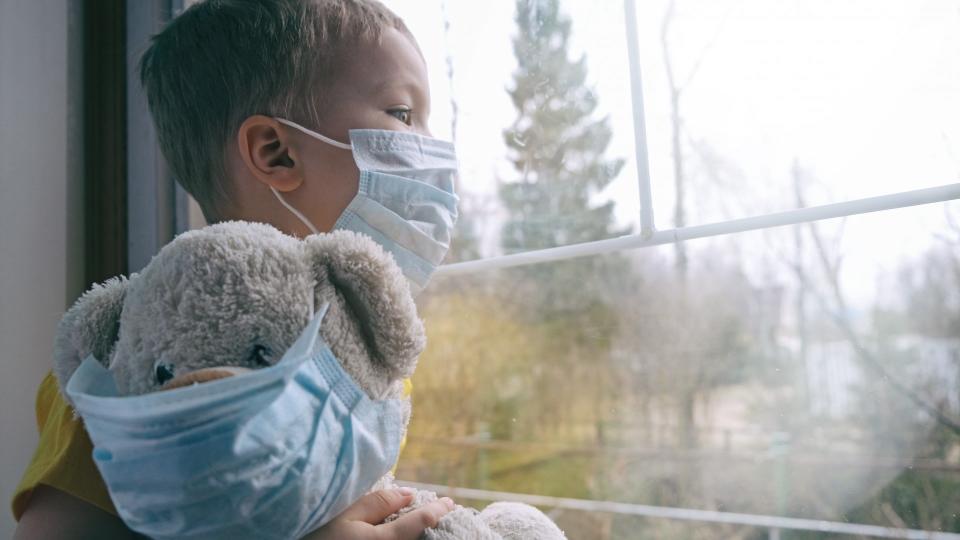
Coronavirus Health Effects on Children
While children are less likely than adults to die from the coronavirus, NBC News reported in August that doctors suspected there would be a link between the illness and lasting neurological effects in children. “We worry that the long-term effect would be in essentially brain growth,” Dr. Ming Lim, a pediatric neurologist, told the outlet.
As if that weren’t bad enough, an obvious health disparity has emerged as well. A report released by the CDC on Sept. 15 revealed that of the coronavirus deaths that have occurred in children, 78% of patients were Hispanic, Black and Native American. Hispanic children represented nearly half of the deaths (45%), while Black children represented 29% and Indigenous children made up 4%. This holds with information about the overall pandemic health disparity released by the CDC in July: Minorities are twice as likely to die from the virus than white people.
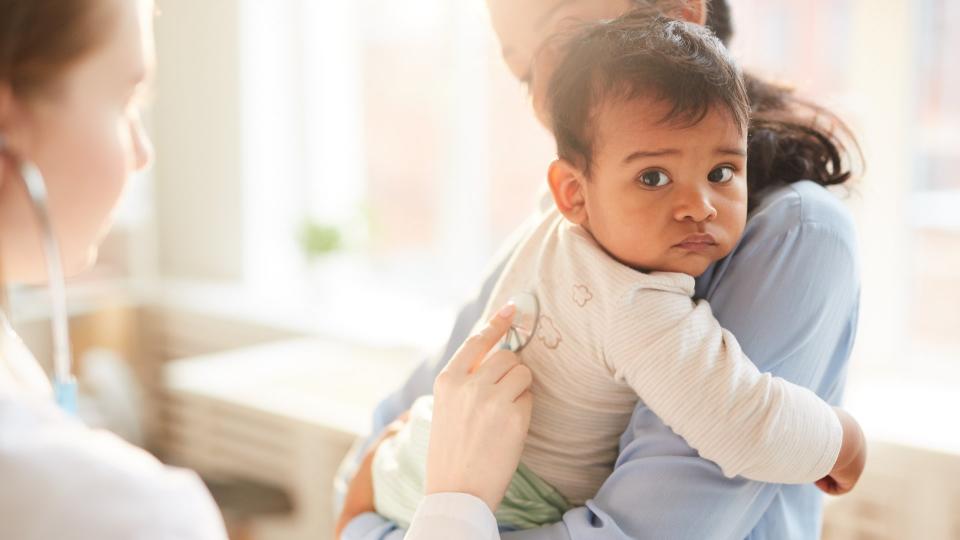
Minority Children Are At a Health Disadvantage Normally, Too
Minority children suffer from health disadvantages even when there isn’t a pandemic wreaking havoc on the country. For instance, a study published in the Child and Adolescent Psychiatric Clinics of North America in 2011 noted, “Disparities remain in mental health status and care for racial and ethnic minority youth, despite national attention to disparity reduction.” Some of the major areas affecting mental health in minority youths include “prevention of problems, need for services, access to care, mental health treatment types and treatment outcomes.”
The same areas affect the physical health of minority children, as well. For instance, according to American Progress, “In 2017, 12.6% of African American children had asthma compared with 7.7% of non-Hispanic white children.” What’s more, “7.7% of Hispanic children were uninsured compared with 4.1% of non-Hispanic white” children.
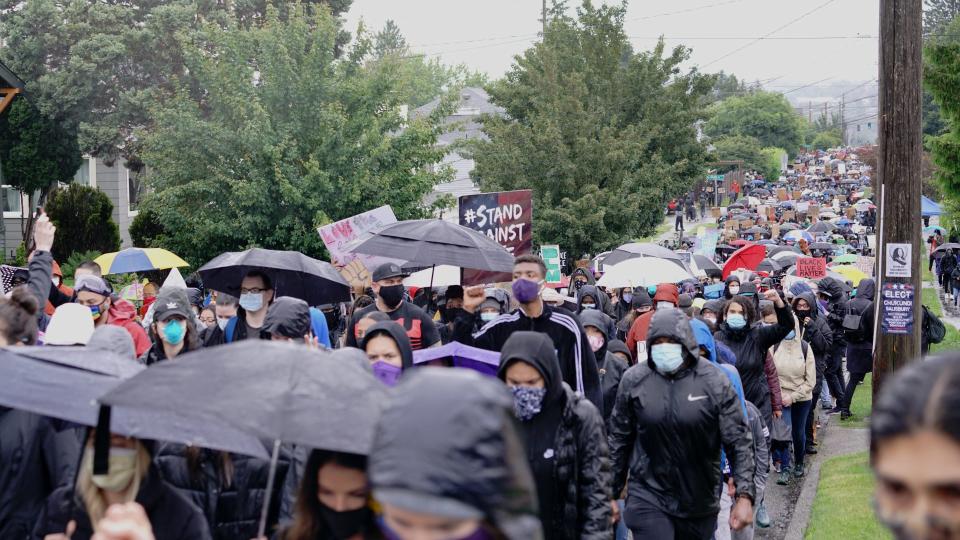
Policing Outside of Schools
As COVID-19 worsened, thousands of people risked infection by marching in the streets to protest police brutality and racial injustice. The Black Lives Matter movement once again shined a light on the over-policing of minority children. In the best of cases, these youths are treated as guilty until proven innocent. In the worst, they are killed. It’s the reason Trayvon Martin, Tamir Rice, Michael Brown and countless other Black adolescents and young men and women aren’t alive today.

Policing in Schools
This injustice occurs inside of America’s schools, also. According to Pacific Standard, “School suspensions and expulsions have increased fivefold since 1980, an increase that has come with the decades-long increase in school policing; disciplinary proceedings initiated by [school resource officers], as with the justice system outside of schools, are implemented more harshly and more frequently with students of color. Not only are black, Latino, and low-income students punished at much higher rates than their whiter and wealthier peers, but they’re also more likely to be arrested.”
Interestingly, research from the Journal of Adolescent Health shows that minority and white students alike feel less safe having police in schools.
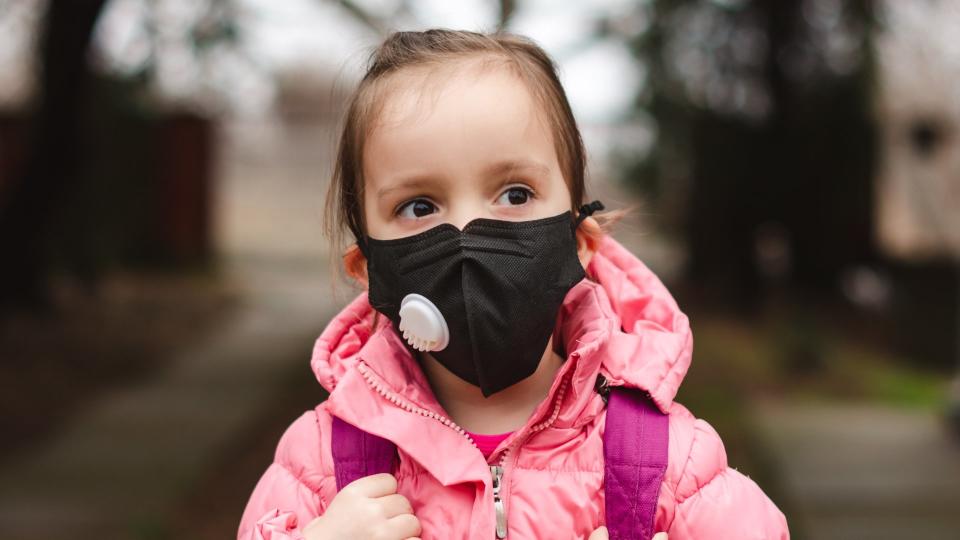
School Shootings
The primary concern of many administrators is a school shooting. This is yet another way America has let down its children. While New Zealand, for instance, experienced one mass shooting and immediately tightened its gun laws, there have been more than 400 school shootings in the U.S. in the past 10 years, with 200-plus deaths, and the biggest suggestion from officials has been to arm underpaid and overworked teachers.
Parents undoubtedly fear that their children might not come home one day, and children have to worry that a classmate is going to bring a gun to school. What’s more, America has found a disturbing — albeit innovative — capitalist angle to these tragedies. Companies such as Bulletproof Zone now sell bulletproof backpacks in a variety of stylish colors for kids.
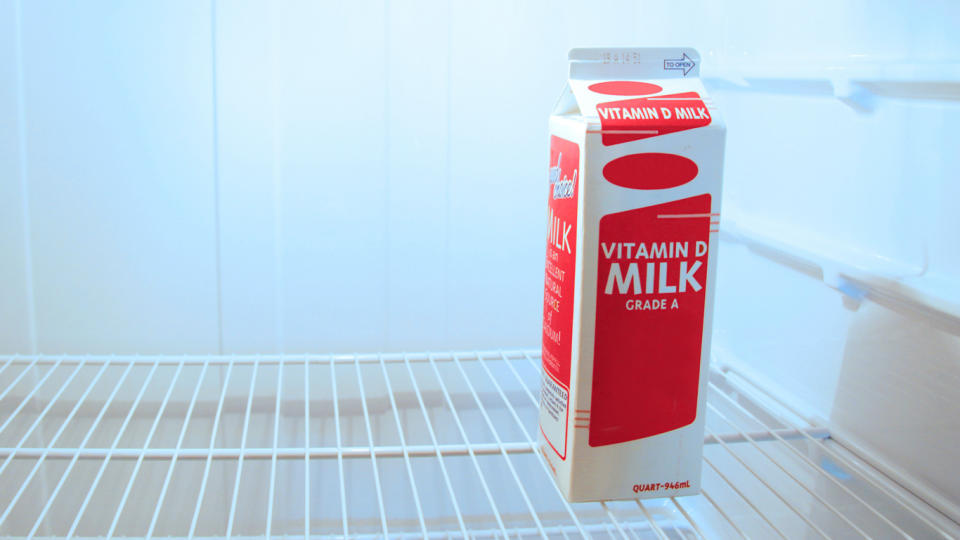
Lunches, SNAP and Food Scarcity During the Pandemic
When schools closed their doors due to the coronavirus outbreak, millions of children and parents began to panic. “Many students around the country rely on schools to provide free or low-cost meals,” reported Vox. “On a typical school day, the National School Lunch Program provides low-cost or free lunches to 29.7 million children.” Many schools provide breakfast and after-school meals to kids, too. These meal options became even more critical considering the record-shattering unemployment in the nation amid the pandemic.
Some schools set up lunch delivery programs or grab-and-go stations, but such programs have fallen short of feeding all the children who need meals. “The program peaked at 199,483 meals distributed on March 19. Then it dropped to 159,635 last Friday, before hitting a low of 81,050 on Monday, when it rained. The figure rose to 111,887 Tuesday and 115,865 on Wednesday,” reported THE CITY about one such program on March 26. “That’s far below the nearly 600,000 meals distributed daily when schools are open.”
The mass unemployment of Americans also opened up a discussion about families’ reliance on the Supplemental Nutrition Assistance Program (SNAP). According to No Kid Hungry, 46 million Americans rely on SNAP benefits to eat.

Lunches, SNAP and Food Scarcity Are the Norm for Many
This isn’t just a pandemic problem. America’s food scarcity issues were pervasive prior to the outbreak and disproportionately affect low-income, minority children. No child should have to rely on schools to feed them, but that’s the harsh reality in the United States. And, unfortunately, nonprofit organizations such as Feeding America are forced to bridge the gap. To this point, their site currently reads, “Once school lets out for summer, school breakfasts and lunches simply disappear for millions of kids. That means empty bellies and unhappy summers — unless we help.”
Children going hungry in a country known for its food excess is confounding. Not only do children need food to survive, but it’s essential to their lives down the road and contribution to society. No Kid Hungry notes the importance of after-school meals as they are linked to better test scores and improved attendance and graduation rates.
See: 30 School Districts That Canceled Their Reopening Plans
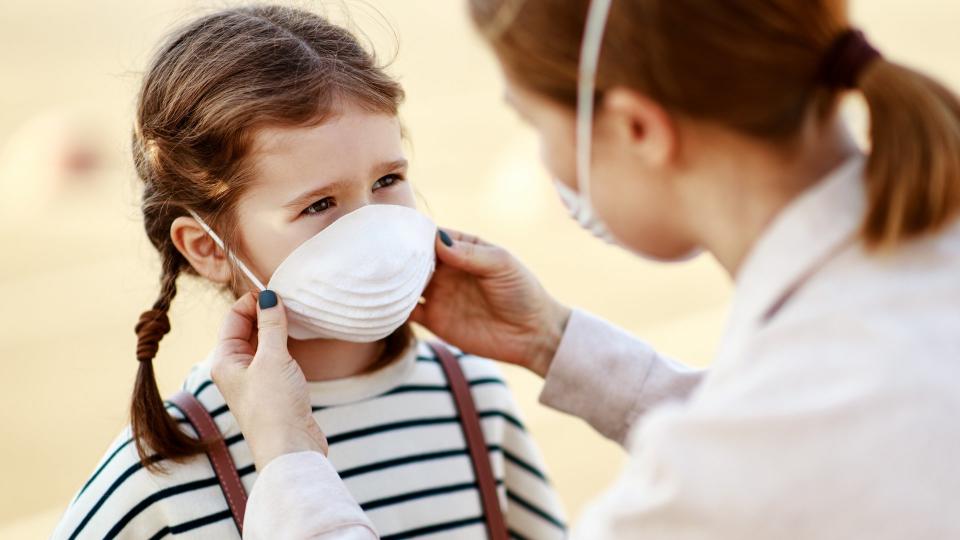
School Districts Decide Children’s Fate During the Pandemic
Plans to close and reopen schools in the midst of the pandemic varied greatly — not just state to state, city to city, but school district to school district. While someone in one school district might have had the option to continue learning from home in the fall, the school district next door might have forced children to return to crowded hallways where the risk of infection was exponentially higher.
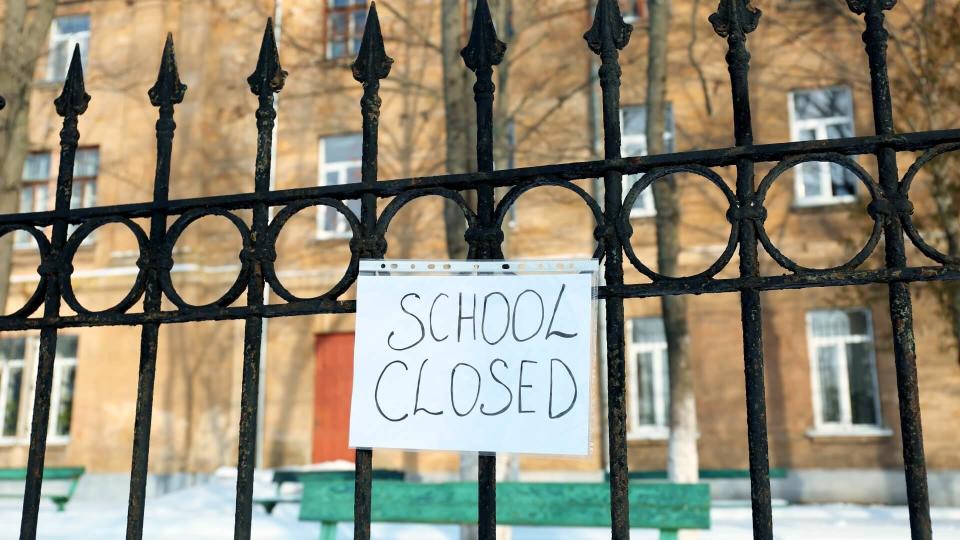
School Districts Already Were an Issue
The coronavirus might have awakened some people to the wild differences between school districts, but this demarcation always has been problematic. Whereas wealthier families potentially can relocate and send their children to better schools, many families don’t have this option and might be relegated to schools with low test scores, poor administrations and so forth.
Just look at the privilege of someone such as actress Lori Laughlin, who effectively received a slap on the wrist — two months behind bars — for buying the way into a prestigious university for her two daughters. Meanwhile, homeless mother Tanya McDowell of Connecticut, who used her friend’s address to enroll her 5-year-old son in a better school district, was forced to pay $30,000 in restitution. When she couldn’t pay, she was thrown in jail for 15 days. She later was forced to accept a plea deal that sent her to prison for five years.

It's Called 'Redlining'
School district division, though it might answer questions of funding, test scores and more, is also an act of redlining. If you aren’t familiar with that term, an all-too-brief overview is that back in 1933, America’s answer to a housing shortage was to draw invisible lines dividing white and Black communities. The process resulted in white families getting homes in the suburbs while Black families were forced into urban housing projects because the Federal Housing Administration refused to insure mortgages for potential homebuyers who were Black.
Project Forever Free gives a poignant example of redlining education: “Take a look, for example, at two schools that serve families in the Old Town neighborhood of Chicago. At Lincoln Elementary School, only 16% of the students … come from low-income families, and over 80% are proficient in reading. The school shares an attendance zone boundary with Manierre Elementary school, where 99% of the students are low-income, and only 11% are proficient in reading. These two schools, so starkly different, serve the same neighborhood.
“For almost a mile of North Avenue in Chicago, a child on one side of the street is guaranteed access to Lincoln Elementary, one of the shining stars of the Chicago Public Schools, while a child on the other side of the street is turned away and assigned to failing Manierre. There’s no way to avoid the racial implications of this: Lincoln has over 60% white students, and CPS reports that Manierre had 0% white students in 2019.”
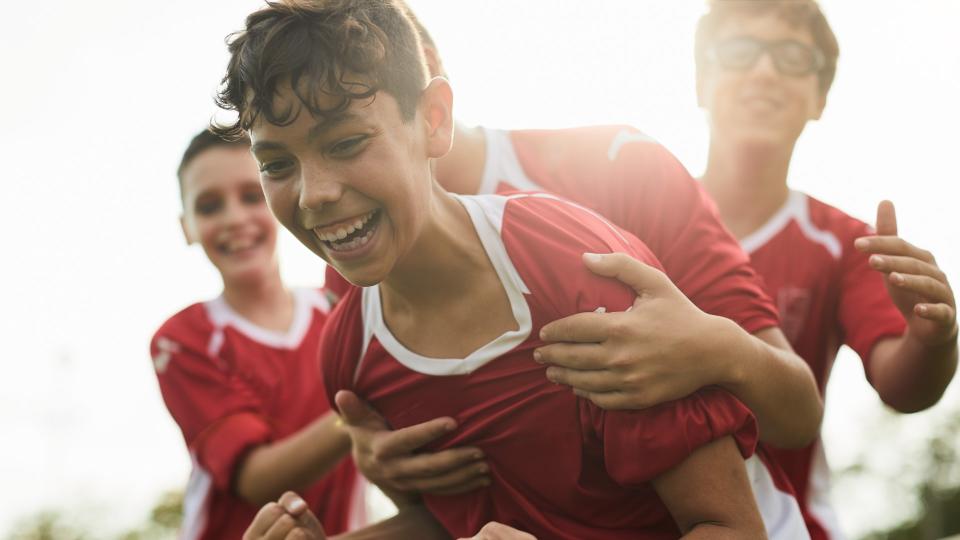
Coronavirus Cancels School Programs and Activities
As COVID-19 forced schools to shut their doors, extracurricular activities took a hit, too. Not only was this bad news for would-be Ivy Leaguers who need soccer, cello, choir and tutoring to help them get into their university of choice, but also for the average student who relies on these types of activities for exercise, social opportunities and life skills such as discipline and self-confidence.
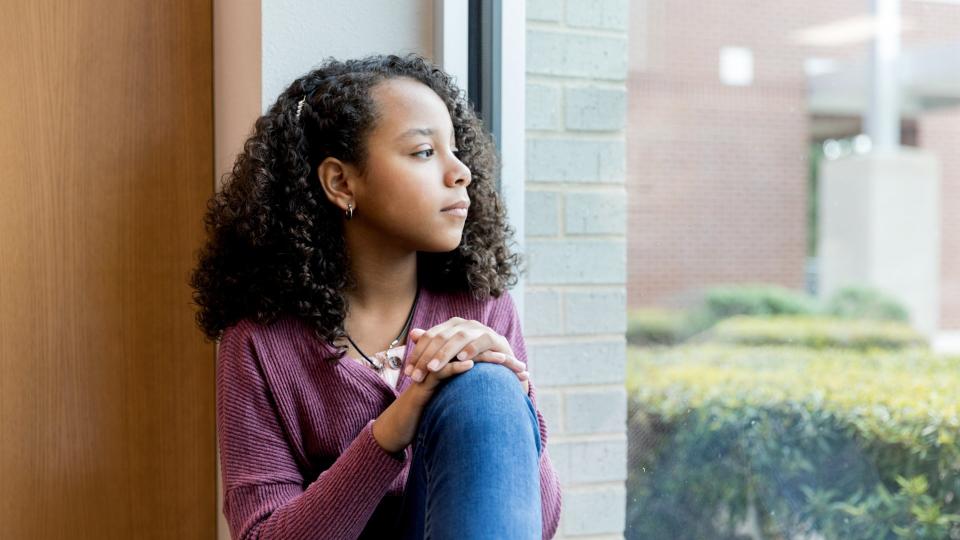
Extracurriculars Already Are Exclusive
Even in the best of times, extracurricular activities are not always inclusive. Though some financial assistance programs exist, if you can’t afford to buy a new hockey stick or pay club dues, you’re often not allowed in. This means, for low-income children, the chance to learn valuable skills and/or beef up college credentials often is out of the question.
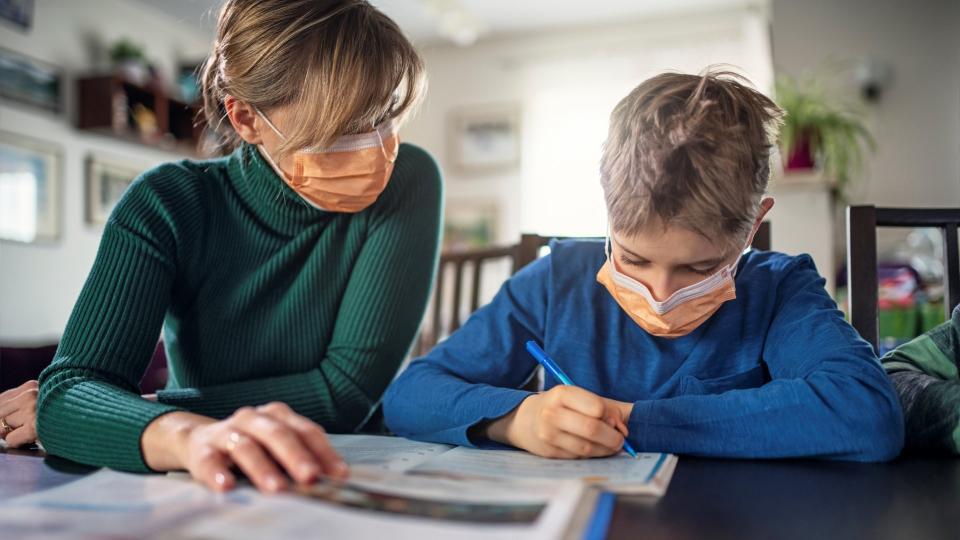
New School Model Forces Parents To Be Teachers
If parents were lucky enough to keep their job during the pandemic, they took on a second job: teacher. Parents have been struggling to create workspaces for their children, get them to virtual classes on time, entertain them through breaks and much more — all while trying to do their own work. It’s become the norm to have a shrieking child interrupt your meeting with the boss.
Television show creator Shonda Rhimes tweeted her thoughts about the new lifestyle: “Been homeschooling a 6-year old and 8-year-old for one hour and 11 minutes. Teachers deserve to make a billion dollars a year. Or a week.” Of course, her candid comments also reveal the many ways teachers are undervalued in the United States.
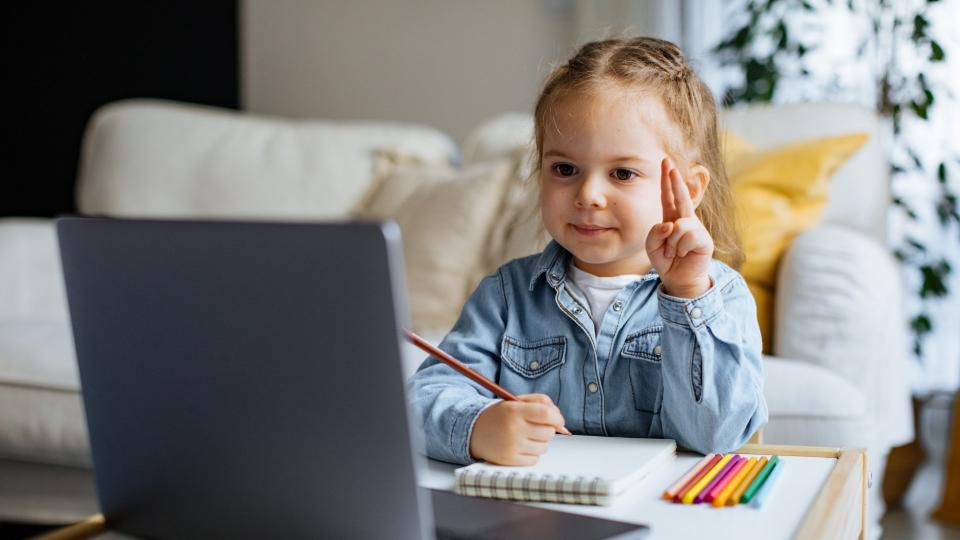
Expectations of Small Children To Work With Technology
With the transition to home learning came an unfair expectation put upon young children. They suddenly were expected to work laptops, web cameras, software and more, and parents weren’t always available to help. Generations Z and Alpha undoubtedly will have more experience with technology than previous generations, but what 7-year-old has a background in setting up a Zoom call?
Important: 23 Safest School Reopenings Around the World and How They Did It
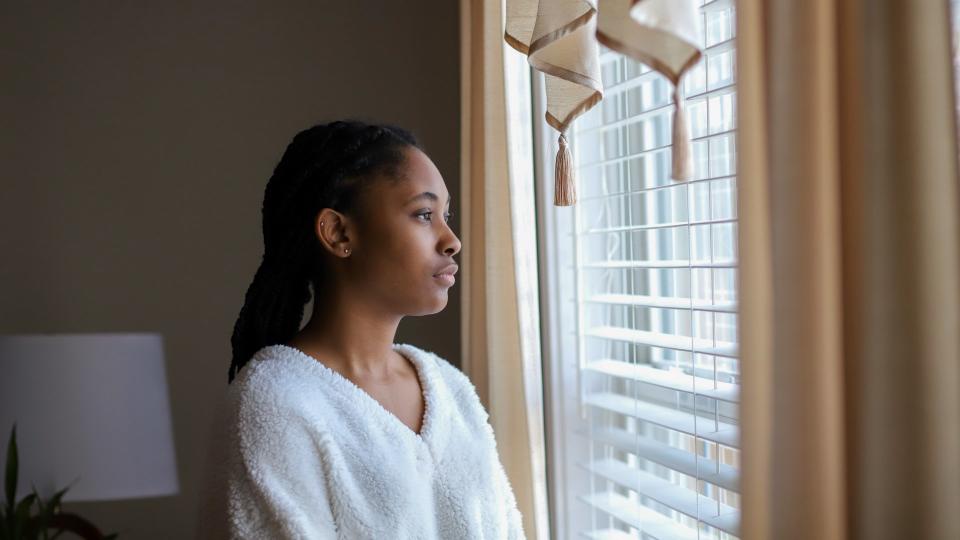
There's Also a Lack of Tools and Supplies at Home
Of course, whether or not a child knows how to operate a laptop and webcam is irrelevant if they don’t own those items to begin with. When online learning became the norm, parents and kids alike were left scrambling to ensure they had the proper technology to participate. This prompted Pew Research to report in March that a quarter of lower-income teens lacked access to a home computer.
Fortunately, many school districts have been able to get emergency funding to outfit kids with the proper tools, but this isn’t nationwide or extensive enough. According to the Chicago Tribune, in a meeting of the Chicago Board of Education, member Lucino Sotelo said about using the district’s slush fund to get computers for children, “The resources are finite, the finances are finite.”

There Was a Digital Divide Pre-Coronavirus
In 2015, Pew Research found that 15% of households with school-age children lacked high-speed internet at home. “School-age children in lower-income households are especially likely to lack broadband access. Roughly one-third (35%) of households with children ages 6 to 17 and an annual income below $30,000 a year do not have a high-speed internet connection at home, compared with just 6% of such households earning $75,000 or more a year. These broadband gaps are particularly pronounced in black and Hispanic households with school-age children — especially those with low incomes.”
Further, a 2018 survey from Pew found that 1 in 5 teens between the ages of 13 and 17 said they are unable to complete homework assignments because they didn’t have access to a sufficient computer or internet connection.
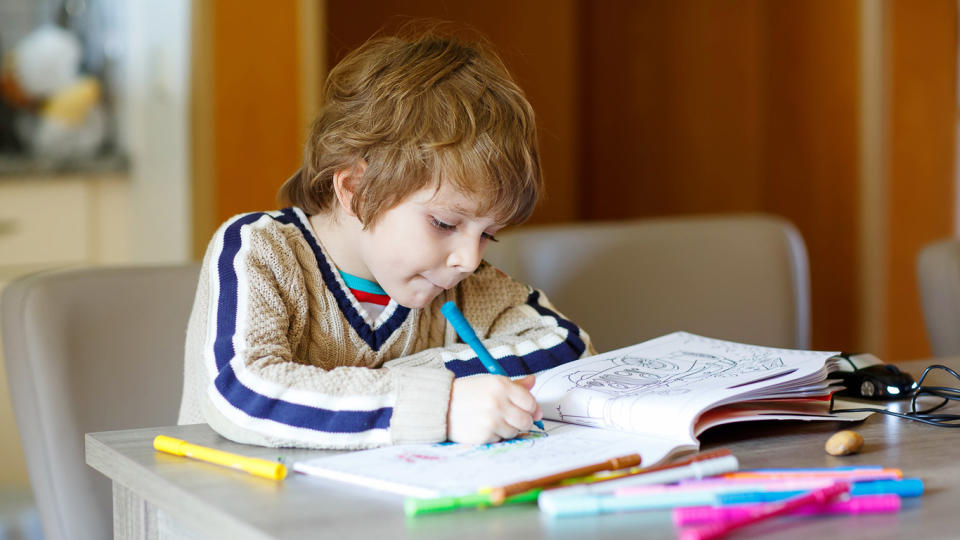
Mom and Dad and Their Substandard School Supplies
Coronavirus also had parents scrambling to create home classrooms complete with school supplies ranging from scissors to markers to buckets of Play-Doh. Though parents always have to buy some of these items when kids go back to school, they had to scramble to find some things that schools typically furnish when learning moved home.
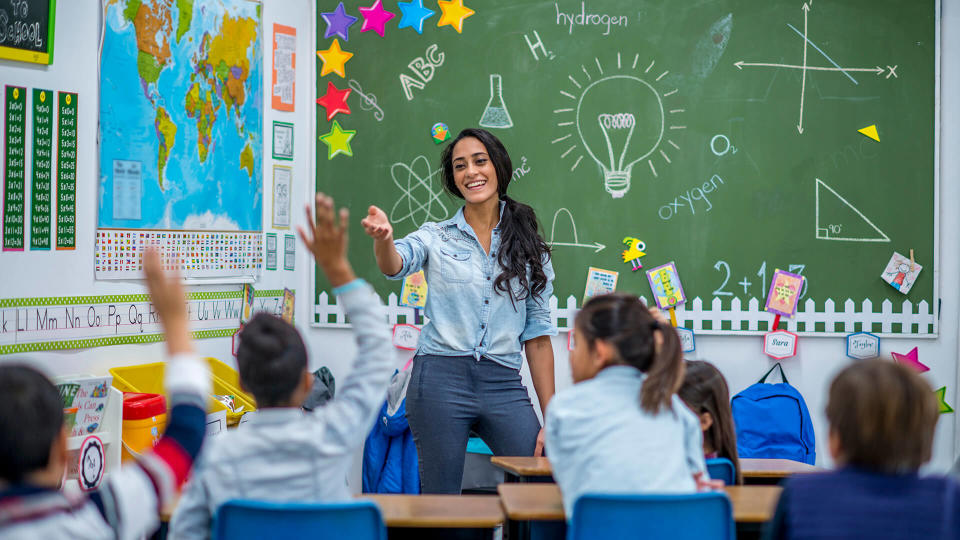
Teachers Normally Have To Purchase Their Own Supplies
Outside of the pandemic, the problem of too few or substandard supplies is due in large part to the fact that teachers are expected to purchase many items themselves. In 2018, the National Center for Education Statistics reported that 94% of public-school teachers spent their own money on supplies, and the average amount spent was just shy of $500. A year later, Business Insider reported that many teachers had turned to strangers for help restocking their classrooms via sites such as GoFundMe.
If you underpay teachers, and then expect them to spend what little money they have decorating their classrooms and buying essentials the school should provide, you’re bound to see a deficit in supplies – especially in lower-income schools where children already might share books and other items.
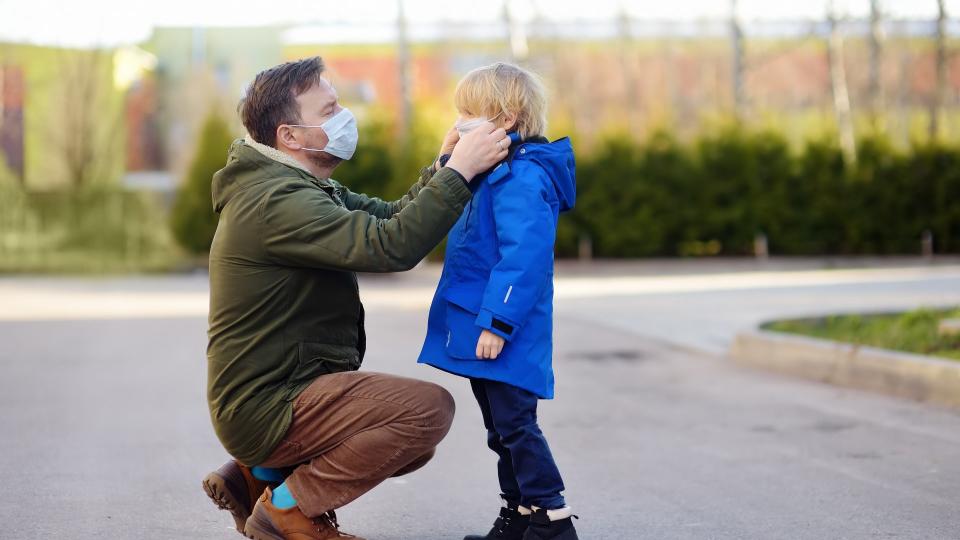
Coronavirus Has Put Students (at Least) Months Behind
According to The New York Times, all of the COVID-19 disruptions to children’s education has put them months and, in some cases, nearly a full academic year behind. The outlet cites research from Track the Recovery and McKinsey & Company, among others, that predicts “High school dropout rates could increase…while younger children could miss out on foundational concepts in phonics and fractions that prepare them for a lifetime of learning and working.”
Again, there is a huge socioeconomic disparity. “Learning loss will probably be greatest among low-income, black, and Hispanic students,” notes McKinsey. “Lower-income students are less likely to have access to high-quality remote learning or to a conducive learning environment, such as a quiet space with minimal distractions, devices they do not need to share, high-speed internet, and parental academic supervision.”

Kids Already Are Getting Poor Education: A Look at Class Size
American children already are receiving a subpar education in many cases. It’s not due to a lack of passionate, dedicated teachers, but the way society treats these teachers. In 2018, a piece by We Are Teachers described an educator who had to teach “a middle school math class with 40 students packed together in an 800-square-foot room, tight as sardines in a can.” This is an all-too-common situation that means students don’t get the proper attention they deserve.
In the same article, one teacher said of her reason for leaving the profession, “Unfortunately, most students required one-to-one assistance and intervention throughout the entire day. It was devastating for me because so many children needed help; but with such a large group, it was impossible to meet the various levels of students. I felt like a failure.”
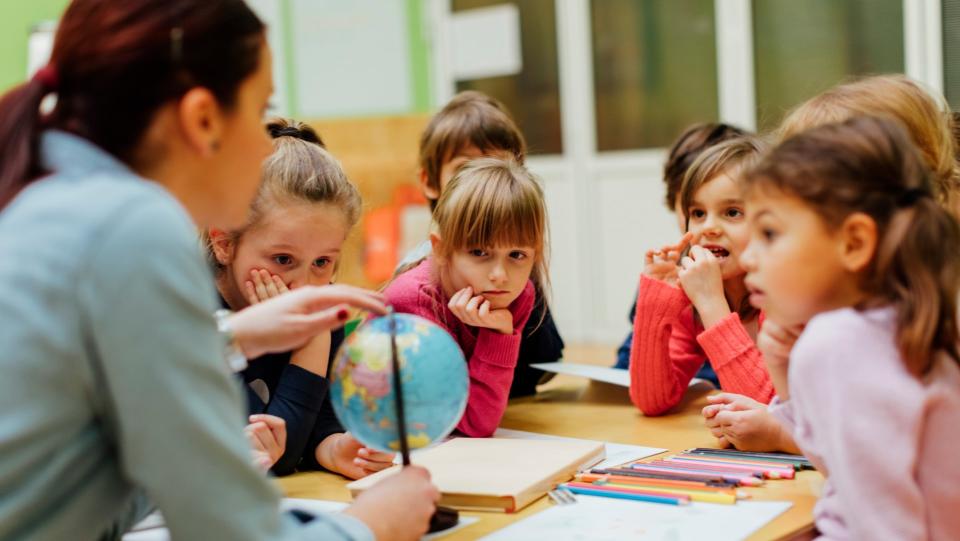
Teachers Are Also Teaching Subjects They Shouldn’t
In the same vein, teachers are sometimes forced to teach subjects they aren’t particularly qualified for, meaning kids aren’t getting the best version of that class. In 2016, The Guardian highlighted seven teachers who had been asked to teach subjects that weren’t their area of study. A music teacher wound up teaching French. A biology instructor had to teach advanced geography and drama. A physical education teacher moved into a history classroom.
Though The Guardian is a U.K.-based outlet, the same practice happens in U.S. schools. Even Harvard University admitted to it in a 2011 post on the school’s blog page: “Everyone in academia knows it and no one likes to admit it: faculty often have to teach courses in areas that they don’t know very well.”
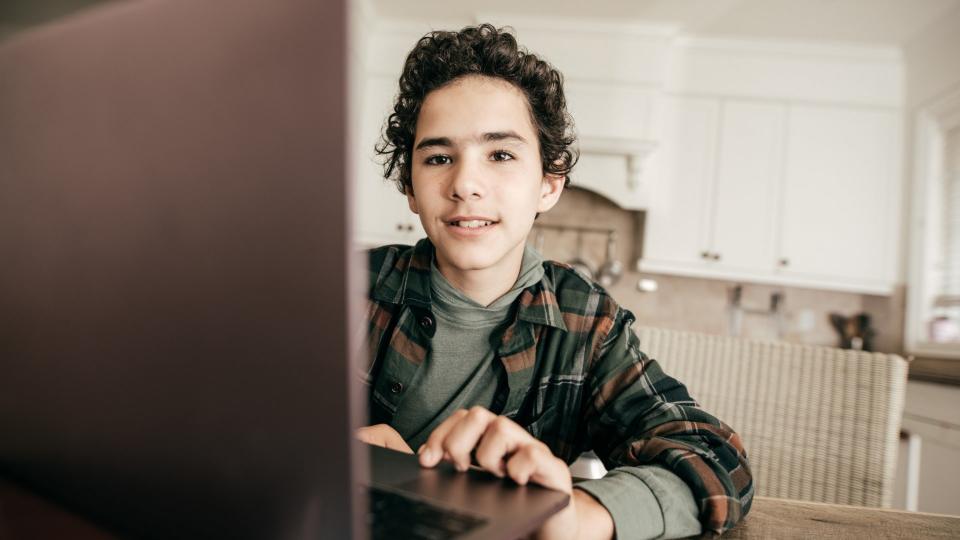
America Isn't Teaching Its Kids Useful Skills
Another failing of the American school system is that so little emphasis is placed on skills children actually will need when they grow older. The fact that financial literacy isn’t taught is baffling. Sure, finding the area of a rhombus might be useful for some people, but how about writing a check, the difference between APR and APY, applying for a mortgage or creating a budget?
Other useful skills that only a portion of kids will learn via electives include making a grocery list, cooking a meal for one, creating a resume and applying for jobs, learning how much to tip a server and so forth.

Standardized Testing in a Pandemic
With children being up to a year behind because of their coronavirus-interrupted learning, standardized testing has become a huge question mark. The tests are needed to see where students are, but can they be administered without risk of spreading the virus? Can large tests be taken remotely? What about the chances of cheating? Also, there is an ethical dilemma — as students see their loved ones sick and dying, and live in fear that they will contract the virus themselves, is it really right to put them through testing?
“At the end of the day, there’s going to be an asterisk around any 2020-21 [test] results if they’re given,” Stephen Pruitt, a member of the Southern Regional Education Board in Georgia, told Education Week. “I think you have to ask the question, are people really going to even pay attention to themselves this year?”
Find Out: Coronavirus Reveals How Much Teachers Should Really Be Paid
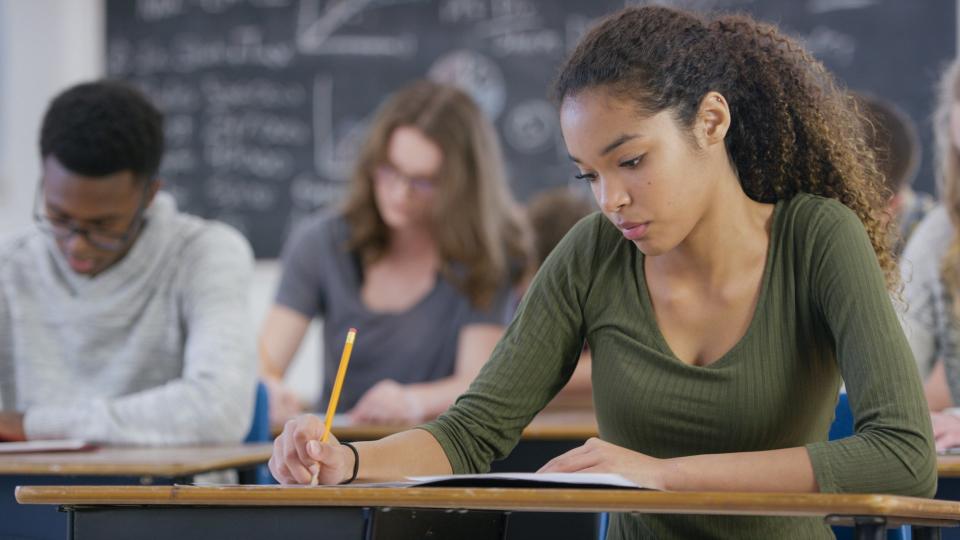
Standardized Testing Already Is Pretty Imperfect
There always has been a problem with standardized testing in schools, from the one-size-fits-all approach to the thought that they might just be testing kids’ ability to parrot back information. A 2017 piece from TEACH Magazine started, “Many teachers acknowledge that comparative assessment techniques, such as standardized tests, often measure performance more than knowledge. Students may recite information, but have little ability to apply it to their lives.”
Welby Ings, a professor and former school teacher quoted in the article, described standardized testing as “a very blunt and ineffective tool for understanding learning.”
Additionally, some students simply don’t test well, and it isn’t necessarily a good indicator of their intelligence or potential.
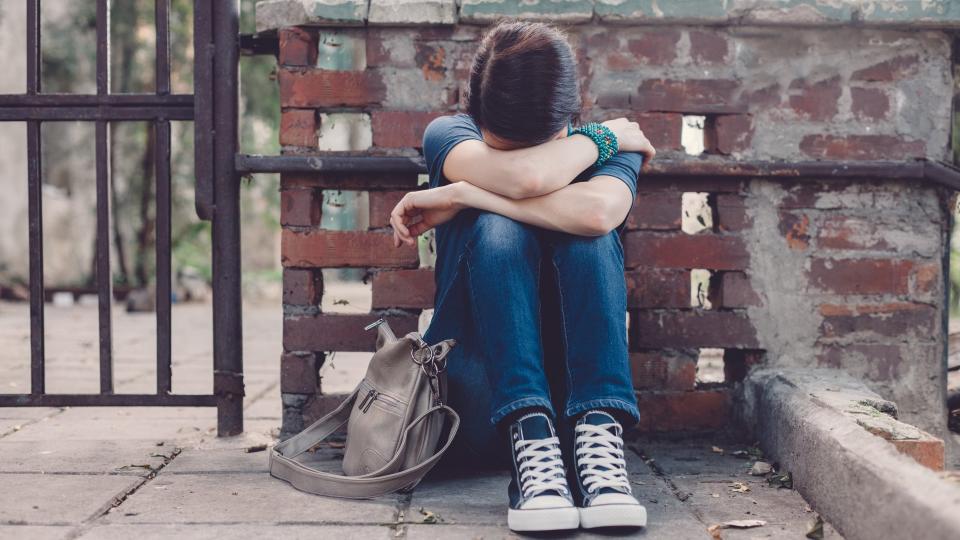
Coronavirus Exacerbated Neglectful, Abusive Situations
Perhaps the most disturbing thing about the pandemic is that it forced people — primarily women and children — into dangerous, sometimes violent situations. While they normally might have gotten a reprieve from their abusers by going into work or school for eight hours a day, they suddenly were forced to be trapped at home with them.
The New York Times reported in May that there was an influx of domestic violence calls across the country. In Chicago, for instance, 383 calls were made reporting domestic violence in the first week of March. By the end of April, the number of calls had reached 549 weekly.
“That confinement has led to another spiraling crisis: Doctors and advocates for victims are seeing signs of an increase in violence at home. They are hearing accounts of people lashing out, particularly at women and children.”

Child Abuse Is Pervasive
Coronavirus has worsened a horrendous problem. In 2018, according to the National Children’s Alliance, nearly 700,000 children were abused in the U.S., ranging from neglect to acts of physical abuse. Unfortunately, this figure can’t include children who are being trafficked, and yet, the U.S. is considered one of the top destinations for child trafficking in the world, according to Unicef USA. It also doesn’t factor in children in detainment at the Mexico-U.S. border, who reportedly were kept in cages and separated from their parents. Basically, that’s 700,000 children abused annually, not including countless children unable to tell their stories.

Coronavirus Leaves Millions Unemployed and Potentially Homeless
In May, the unemployment rate was estimated to be around 20%, nearing Great Depression levels of 25%. Despite the drop in the unemployment rate since then, millions of Americans have lost their jobs. Consequently, in July, 32% of U.S. households were unable to make their full mortgage payments. Temporary eviction bans were put in place in certain states, but it wasn’t until Sept. 1 that the federal government stepped in and declared a nationwide interim halt on evictions. Even then, there are requirements and financial criteria a person must meet to qualify for protection from this emergency order.
Homelessness is a very real risk for many Americans, including children, and a lack of shelter threatens both their health and safety. If you can’t afford a place to stay, it stands to reason that you won’t be able to buy face masks and wash your hands repeatedly.

Too Many Children Were Homeless Before Coronavirus
The volume of homeless youths in America prior to the outbreak is appalling. The National Conference of State Legislatures reports that about 4.2 million youth and young adults experience homelessness. Of that group, 700,000 are unaccompanied minors, meaning they are on their own without a parent or guardian.
Being homeless can expose youths to dangerous situations beyond coronavirus. Substance abuse, mental health problems and run-ins with the law are common.
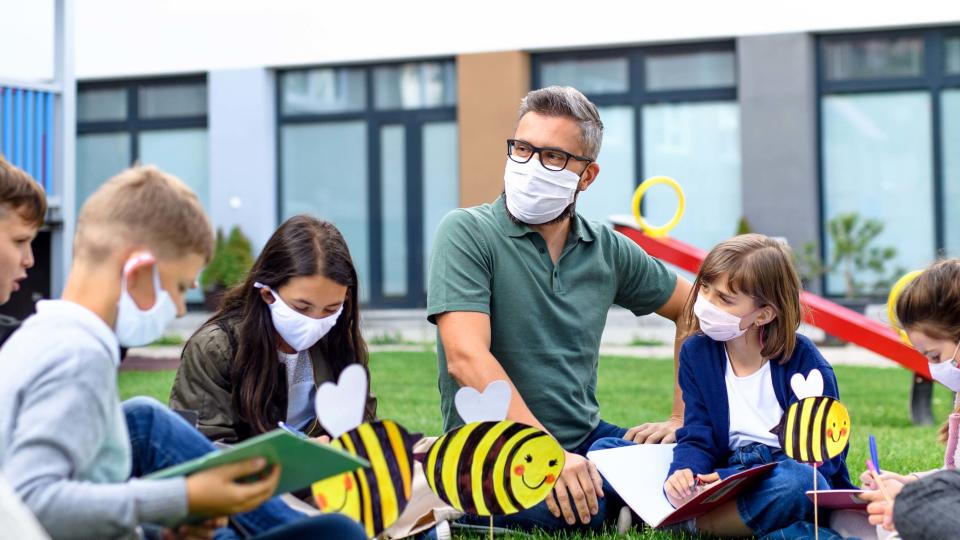
How Can You Help?
Whether you want to help ease classroom deficiencies or assist agencies that work with abused youths, there are ways you can aid children and their parents. Consider donating your time or money to an organization that will make a difference. Here are eight diligent, reputable organizations, listed in no particular order:
More From GOBankingRates
This article originally appeared on GOBankingRates.com: How Coronavirus Revealed America Is Failing Children — and Parents

